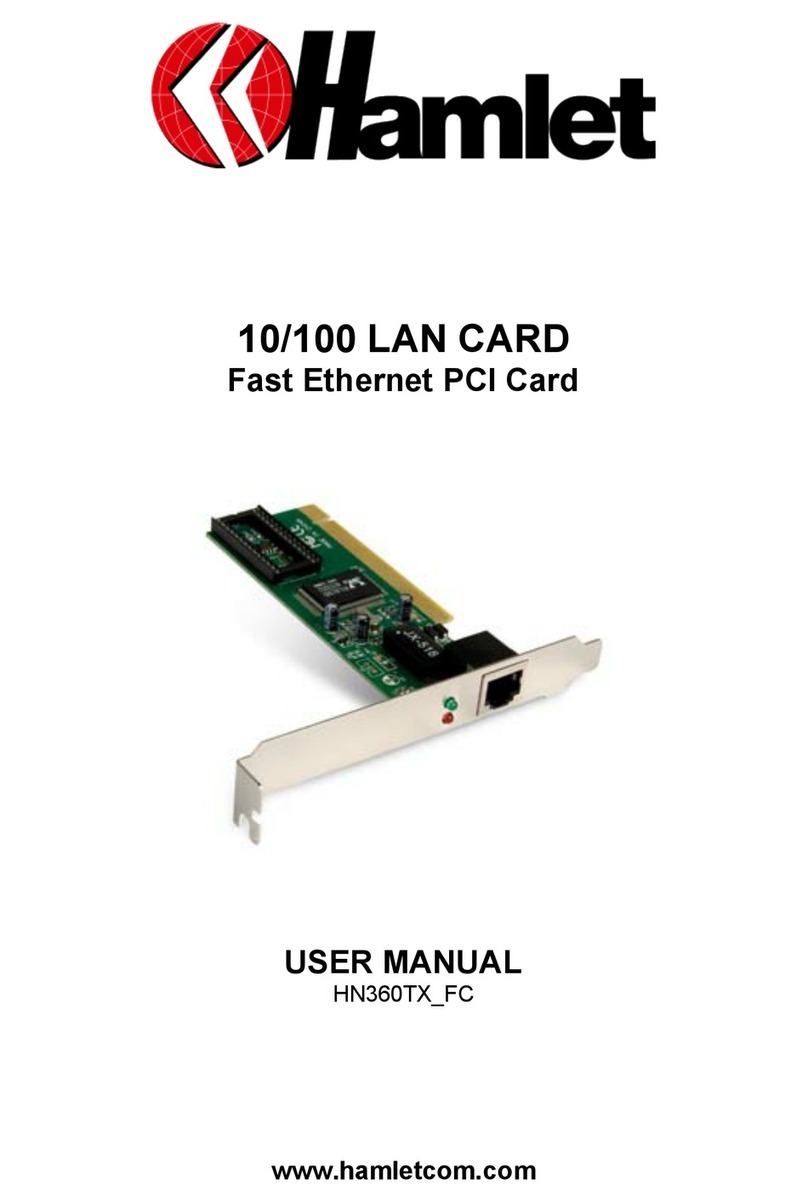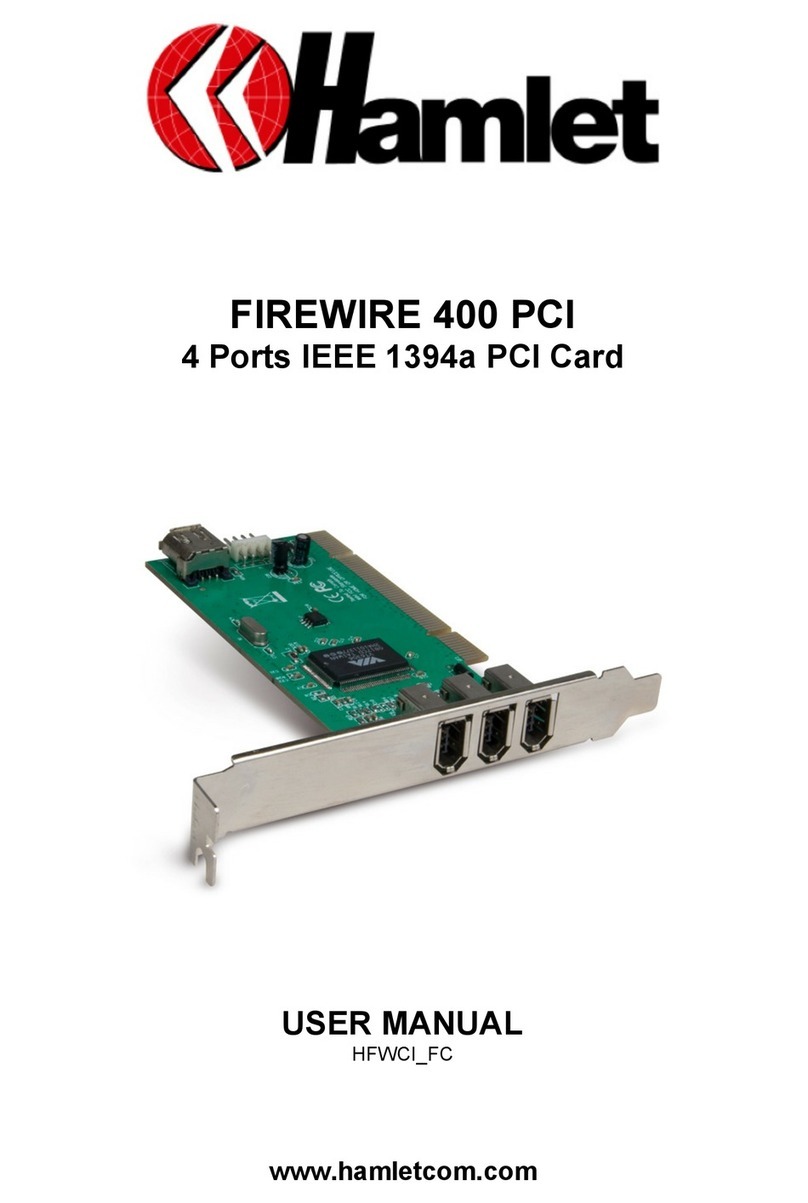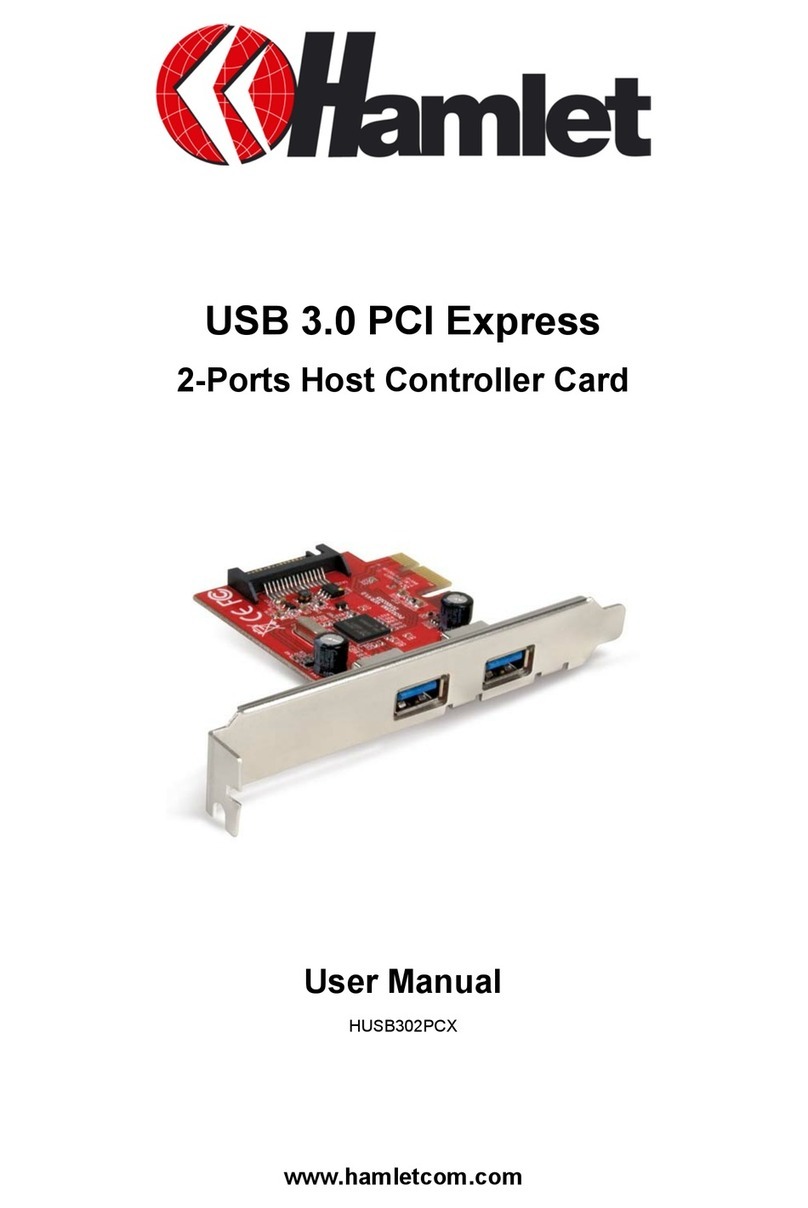
HNW300CI User Manual
Wireless PCI Card
3
Table of contents
1. INTRODUCTION............................................................................................................................ 4
1.1 FEATURES & BENEFITS..............................................................................................................5
1.2 PACKAGE CONTENTS .................................................................................................................5
1.3 PCI CARD DESCRIPTION..........................................................................................................5
1.4 SYSTEM REQUIREMENTS ........................................................................................................... 5
2. PCI CARD ADAPTER FOR WINDOWS 2000/XP/VISTA .......................................................... 6
2.1 BEFORE YOU BEGIN ..................................................................................................................6
2.2 INSTALLING THE DRIVERS ..........................................................................................................6
2.3 PROFILES................................................................................................................................... 8
2.4 AUTHENTICATION AND SECURITY .............................................................................................10
2.5 NETWORK ................................................................................................................................12
2.6 SITE SURVEY............................................................................................................................13
2.7 STATISTICS ..............................................................................................................................14
2.8 WPS .......................................................................................................................................14
2.9 ABOUT .....................................................................................................................................15
2.10 UNINSTALL THE DRIVERS & CLIENT UTILITY...........................................................................15
3. PCI CARD ADAPTER FOR WINDOWS 2000/XP .................................................................... 16
3.1 BEFORE YOU BEGIN ................................................................................................................16
3.2 INSTALLING THE DRIVERS ........................................................................................................16
3.3 PROFILES................................................................................................................................. 17
3.4 AUTHENTICATION AND SECURITY .............................................................................................20
3.5 NETWORK ................................................................................................................................27
3.6 ADVANCED CONFIGURATION ....................................................................................................29
3.7 STATISTICS ..............................................................................................................................29
3.8 WMM (WIRELESS MULTIMEDIA) ..............................................................................................30
3.9 WPS .......................................................................................................................................31
3.10 ABOUT ...................................................................................................................................32
3.11 RADIO ....................................................................................................................................32
3.12 UNINSTALL THE DRIVERS & CLIENT UTILITY...........................................................................33
4. APPENDIX A – GLOSSARY ...................................................................................................... 34
5. APPENDIX B – SPECIFICATIONS............................................................................................44
6. APPENDIX C – FCC INTERFERENCE STATEMENT .............................................................45






























